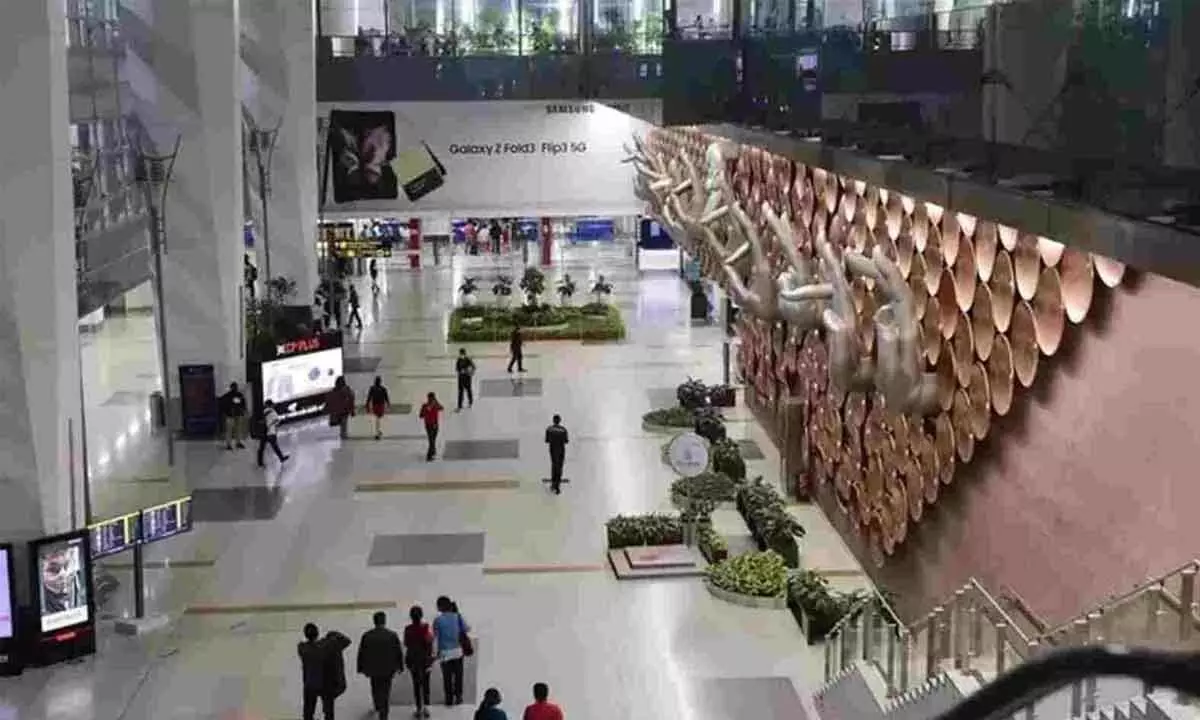Delhi airport to use predictive analysis to improve operations
It expects to have more than 70 mn passenger traffic in the current fiscal ending March 2024, says Videh Kumar Jaipuriar, CEO
image for illustrative purpose

New Delhi: The Delhi airport will be using predictive analytics based on artificial intelligence as well as camera-based solutions to improve operations at the airport, which is witnessing rising passenger traffic, according to a top official.
The airport, which is also the country’s largest airport, handles around 1,300-1,500 flights daily and expects to have more than 70 million passenger traffic in the current fiscal ending March 2024. Currently, it has three terminals -- T1, T2 and T3. “We are looking at more digital solutions, which can be IoT-based... Artificial Intelligence-based solutions... we will be using predictive analytics for improved airport operations,” Delhi International Airport Ltd (DIAL) CEO Videh Kumar Jaipuriar said in an interview.
The Indira Gandhi International Airport (IGIA) in the national capital is operated by Delhi International Airport Ltd (DIAL), a consortium led by the GMR Group. Last year, during the winter season, the airport witnessed significant congestion, leading to long waiting times for passengers. The DIAL chief said measures, including increasing the entry points, were taken within 15 days of the congestion that happened last year.
To ensure smooth passenger movements and improved operations, DIAL is upgrading to the system of APOC (Airports Operations Centre), which is already being used by some European airports and uses predictive analytics. Elaborating on APOC, Jaipuriar said that for example, based on previous data, the system will predict that at a particular time frame, a certain number of footfalls is expected at the airport. “To manage the x number of people during the waiting time, you need so many people at entry gates, check-in counters, CISF... it will give you a plan of the day and that plan can be given to the respective stakeholders so that they can plan their manpower accordingly.
It is more like being pre-emptive on manpower deployment. That we are in the process of implementing,” the DIAL chief said. At T3, the airport operator has been using a system from Swiss manufacturer Xovis that is basically a camera-based solution. The system basically counts the people in different queues and then gives a predictive number about the waiting time in different queues.

